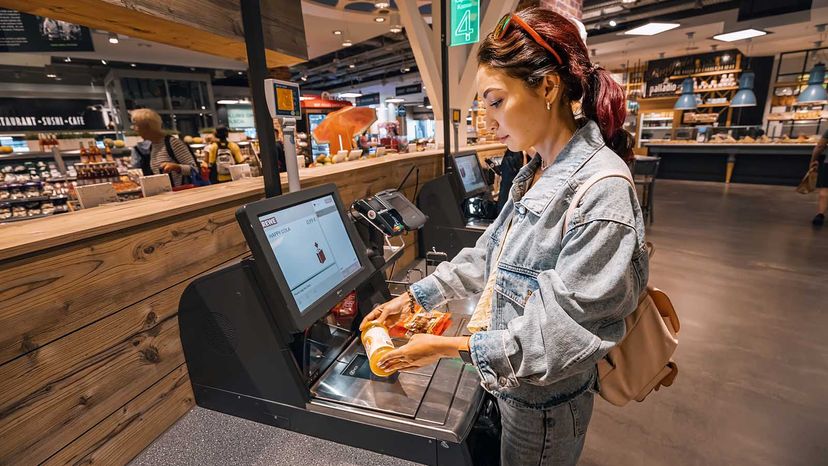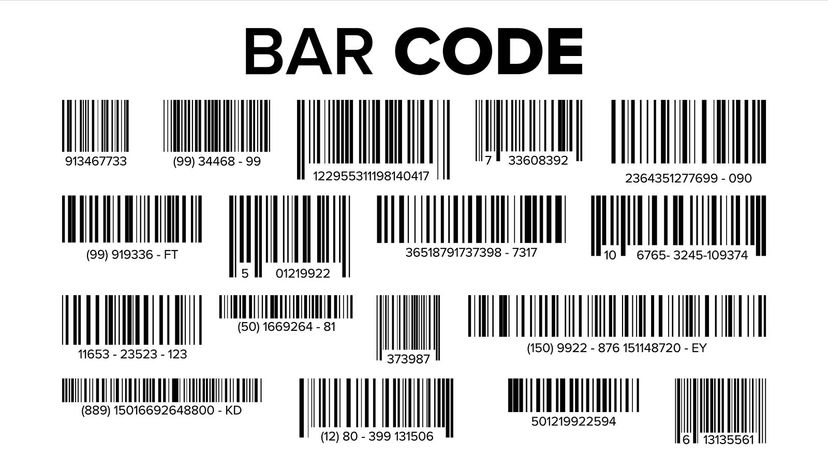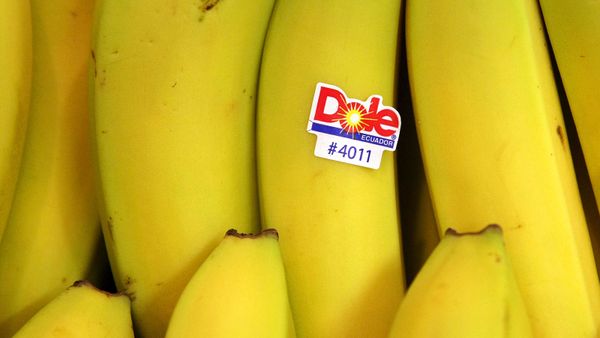
If you look in your refrigerator or pantry, you'll find that just about every package you see has a unique UPC code, or Universal Product Code. In fact, all items sold by major retailers, including grocery stores, department stores, and online retailers have Universal Product Codes.
But where do these UPC codes come from, and what do their numerical digits mean? In this article, we'll discuss the UPC code and how it works.
Advertisement




